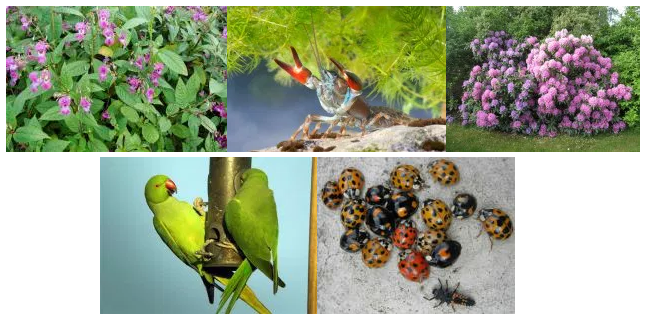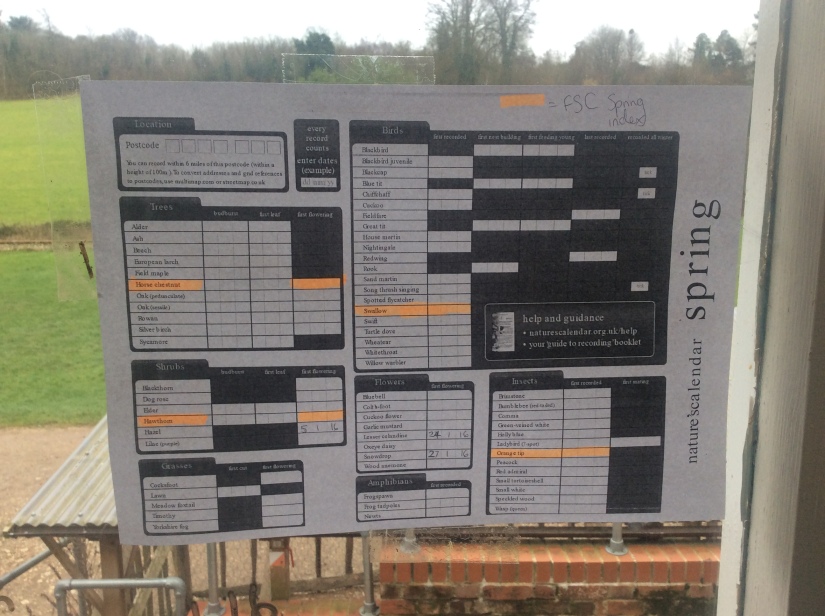By Rowena
This week is invasive species week on Twitter, and I’ve been watching a lot of really interesting stuff come up on my feed all week. It’s been organised by the NNSS (Non-native Species Secretariat) and DEFRA to try and raise awareness of invasive species, and get people involved in recording schemes. Each day has a different theme:
Monday – Welcome to Invasive Species Week!
Tuesday – Biosecurity
Wednesday – Identification and recording
Thursday – Local Action Groups
Friday – Other projects
My favourite resource I’ve found so far this week (although it’s only Tuesday that I’m writing this…) has been the Journal of Ecology’s virtual issue, with over 20 different papers about different invasive species and up-to-date research in the area. I’ve downloaded them to my laptop, but haven’t yet had the time to read them… Soon.
On the NNSS website, there’s loads of free training on biosecurity and identification of non-native species. To be able to tackle invasive species effectively, it’s important to have the distribution and evidence of where species are found- NNSS have developed a set of apps to record different invasive species, and help identify individuals. I’m not familiar with all of them, although Juniper Hall do record a lot of our species on iRecord. We also have a fantastic species list from the University of Cambridge who visit each year, and record literally everything they see. I’m also on a mission to get my Birdtrack back up to date, as I’ve been birding a lot recently but actually have no count of what I’ve been seeing!

Wednesday is identification and recording day- So a quick list of invasives I’ve seen at our field sites before…

Himalayan balsam, Signal crayfish, Rhododendron, Ringed parakeet, Harlequin ladybird
I’ve not got time to update this again after today (which is still Wednesday, although I scheduled this for the end of the week) but it’s a cool initiative that seems to be educating a lot of people. I’ve definitely found a lot of interesting stuff I’m planning to read in the future this week!















